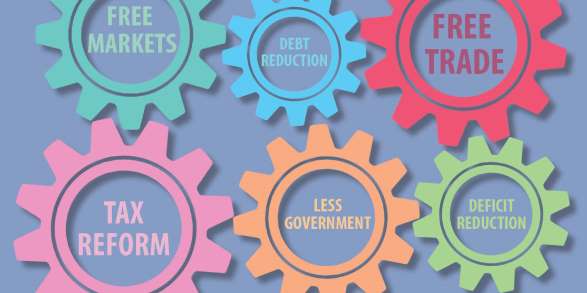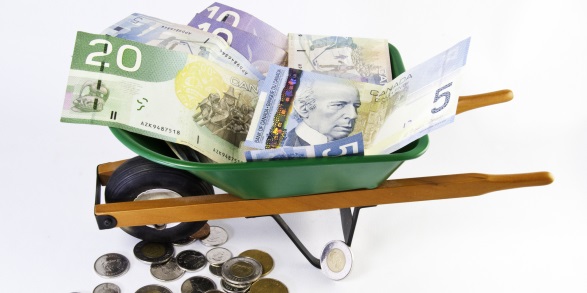government spending
In a year when two heavyweight provinces, Ontario and Alberta, which together constitute 55 per cent of Canada’s GDP, are running substantial deficits, there are three ways to reduce the red ink.
With tax season at hand, here’s a useful tip for any tax-weary Canadian. When some people refer to income or other money not taxed as a “loss” to government, remember that they may merely be using technical language. In contrast, others really do lament any reduction or “omission” in possible taxes that flow to governments.
Amid a gathering fiscal storm, the Ontario government will soon table its budget for the coming fiscal year and beyond. There’s a lot riding on getting things right.
Soon, the Wynne government will present its first budget since being re-elected with a majority last June. This will be a critical test, particularly with respect to the bond market and credit rating agencies.
Ontario’s net public debt is estimated at $287.3 billion and will hit nearly $320 billion by 2017. The evolution of this daunting number is an interesting story as the spring budget approaches.
The day before delivering his budget speech, Quebec Minister of Finance Carlos Leitão called the budget a “good news budget.” Indeed, Quebec’s 2015 budget continues to make progress on tackling deep-rooted fiscal problems.
With tumbling oil prices and resource revenues, Premier Jim Prentice had a choice when he delivered Alberta’s 2015 budget. He could emulate former premier Don Getty and raise taxes or follow the Ralph Klein playbook and reduce spending.


